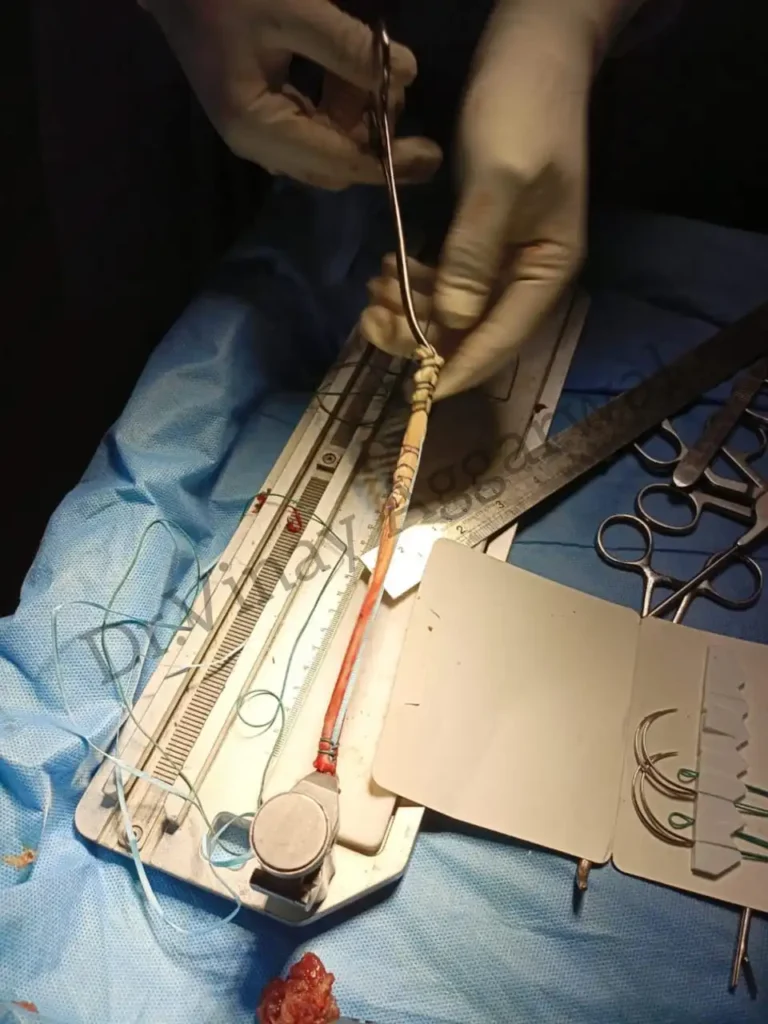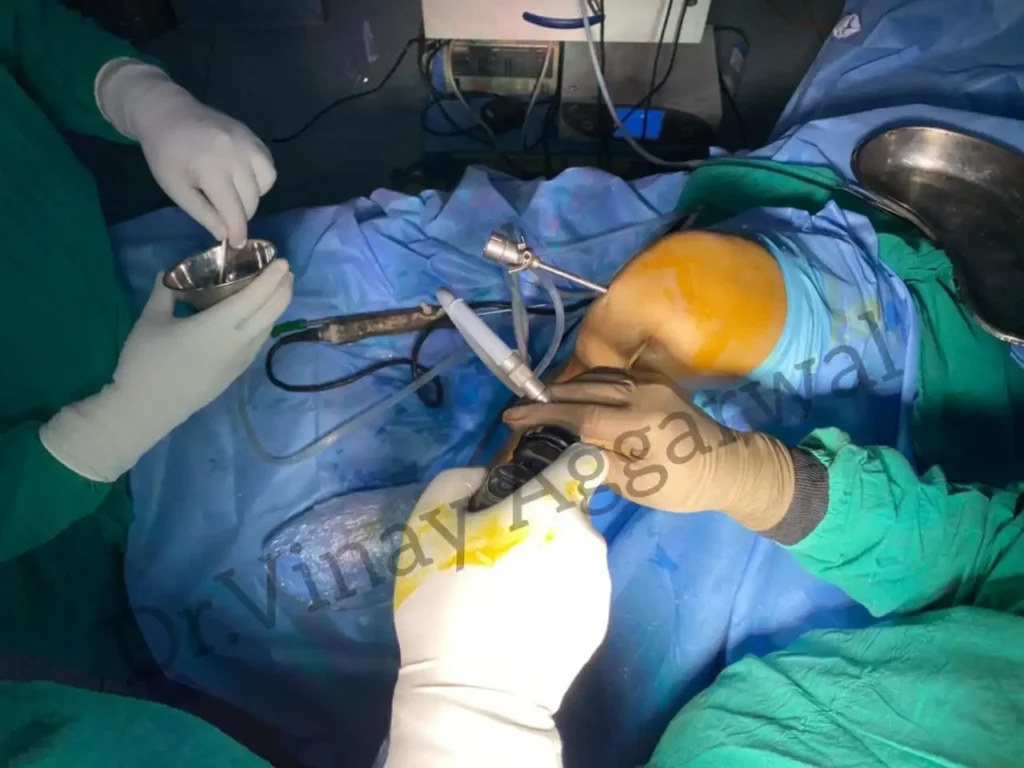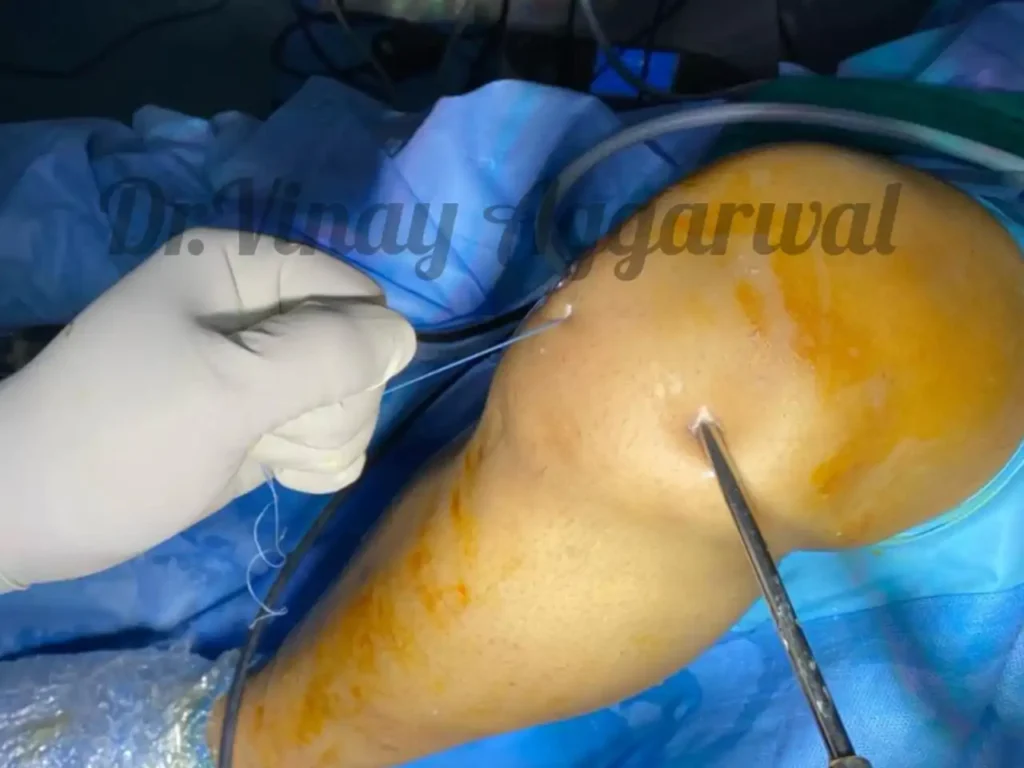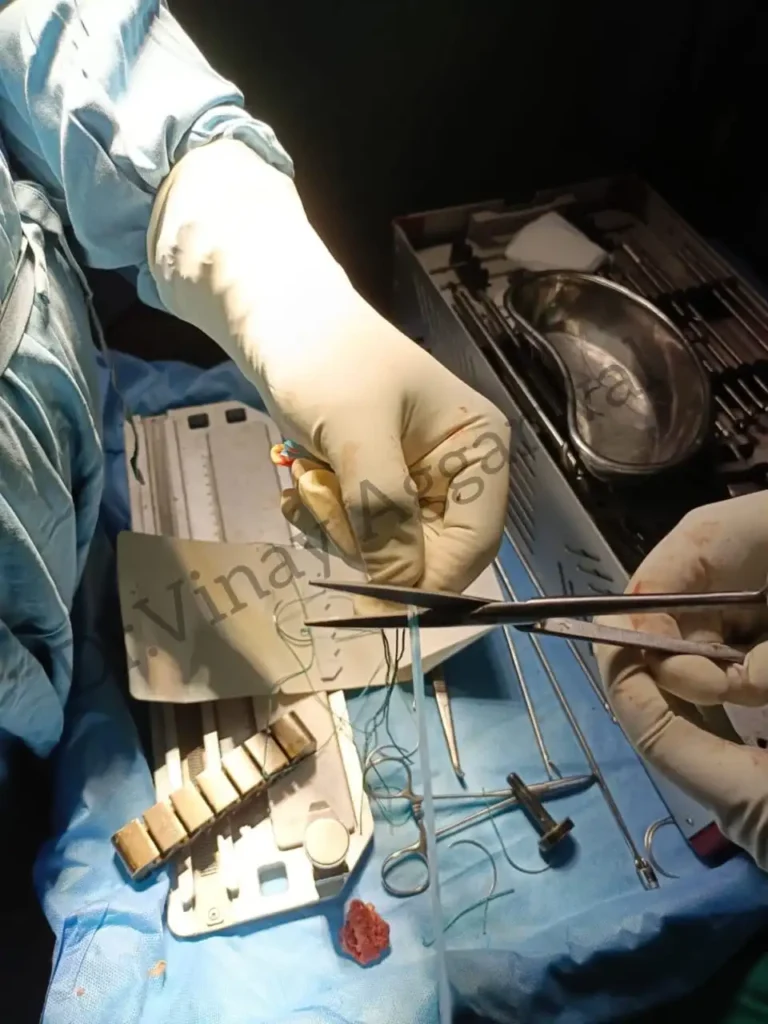
What is Arthroscopy Surgery?
Arthroscopy surgery is a minimally invasive procedure that allows doctors to view, diagnose, and treat problems inside a joint using a small camera called an arthroscope. This type of surgery is commonly performed on the knee, shoulder, elbow, wrist, ankle, and hip joints.
The procedure begins with the administration of general anesthesia or local anesthesia, depending on the patient’s condition and the area of the joint being operated on. Once the patient is sedated, the surgeon makes small incisions around the joint and inserts the arthroscope, which transmits images to a monitor in the operating room.
Using the arthroscope, the surgeon can examine the joint in detail, looking for any abnormalities or damage. If necessary, the surgeon can also use specialized surgical instruments to repair or remove damaged tissue. Once the procedure is complete, the incisions are closed with sutures or sterile strips, and the patient is sent to the recovery room.
Arthroscopy surgery is a safe and effective procedure that offers numerous benefits over traditional open surgery. Since the incisions are small, the risk of infection and bleeding is significantly reduced. Additionally, the recovery time is much faster, with most patients able to return to normal activities within a few weeks.
Before undergoing arthroscopy surgery, it is important to consult with a qualified and experienced surgeon. The surgeon will evaluate the patient’s condition and determine whether arthroscopy is the best option. They will also provide detailed instructions on how to prepare for the procedure and what to expect during the recovery period.
Arthroscopy surgery is a safe and effective procedure that can provide relief to patients suffering from joint problems.
What are the benefits of Arthroscopy Surgery?
There are several benefits to this type of surgery compared to traditional open surgery, including:
- Smaller Incisions: Arthroscopy surgery uses small incisions, typically less than a centimeter, which reduces the risk of infection, bleeding, and scarring. The smaller incisions also mean less tissue damage and a quicker recovery time.
- Better Visualization: The arthroscope provides a clear and magnified view of the inside of the joint, allowing the surgeon to accurately diagnose and treat the problem.
- Minimal Discomfort: Since arthroscopy surgery is minimally invasive, patients experience less pain and discomfort than traditional open surgery. This can lead to a quicker recovery time and less reliance on pain medication.
- Quicker Recovery: Most patients can return to normal activities within a few weeks of the procedure. In some cases, patients can resume their normal activities on the same day as the surgery.
- Reduced Hospital Stay: Since arthroscopy surgery is an outpatient procedure, patients can usually go home the same day, reducing hospital stays and associated costs.
- Less Risk of Complications: The small incisions and minimal tissue damage associated with arthroscopy surgery mean there is less risk of complications such as infection, blood loss, or nerve damage.
- Better Outcomes: Arthroscopy surgery has a high success rate and can provide significant relief from joint pain, stiffness, and other symptoms.




